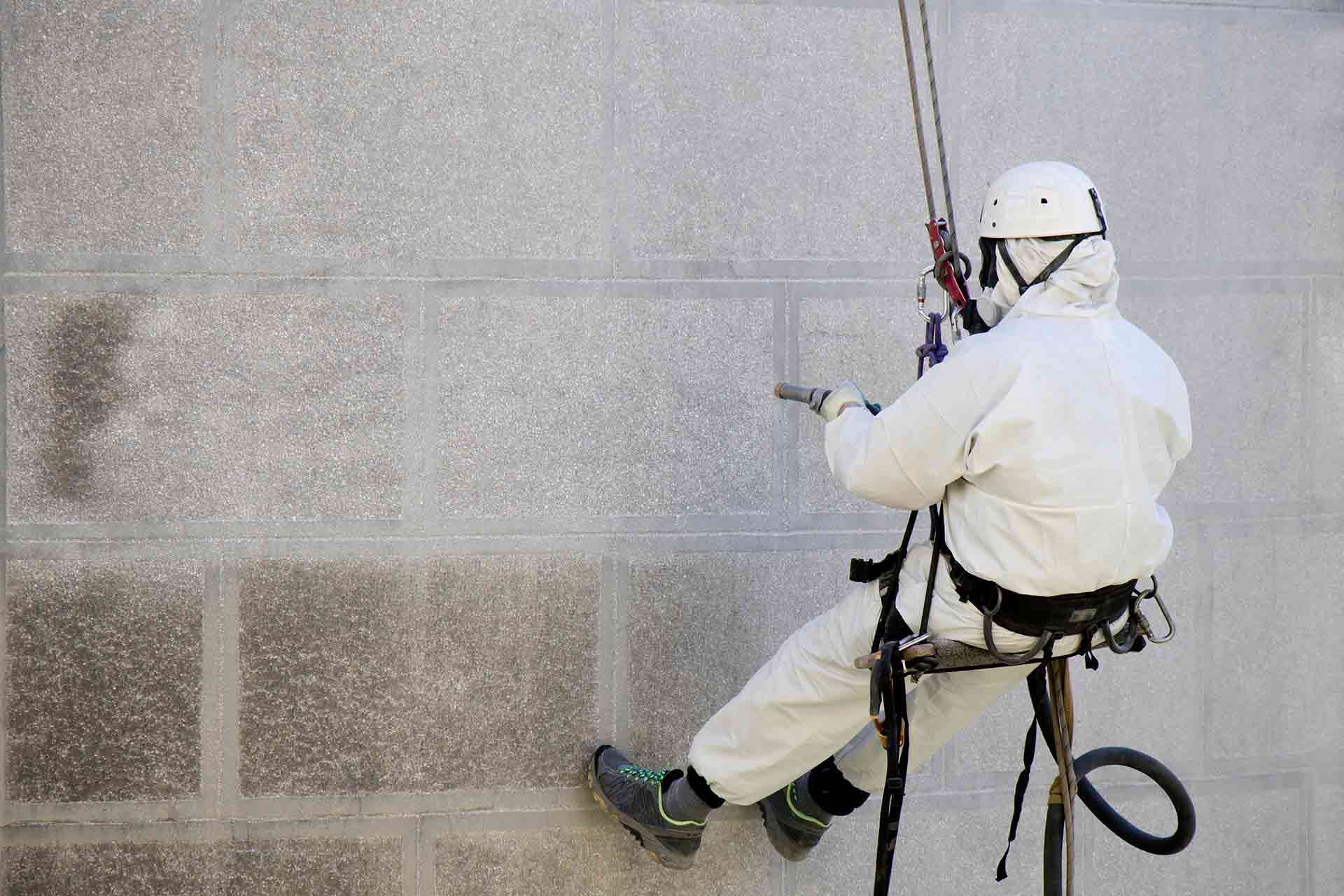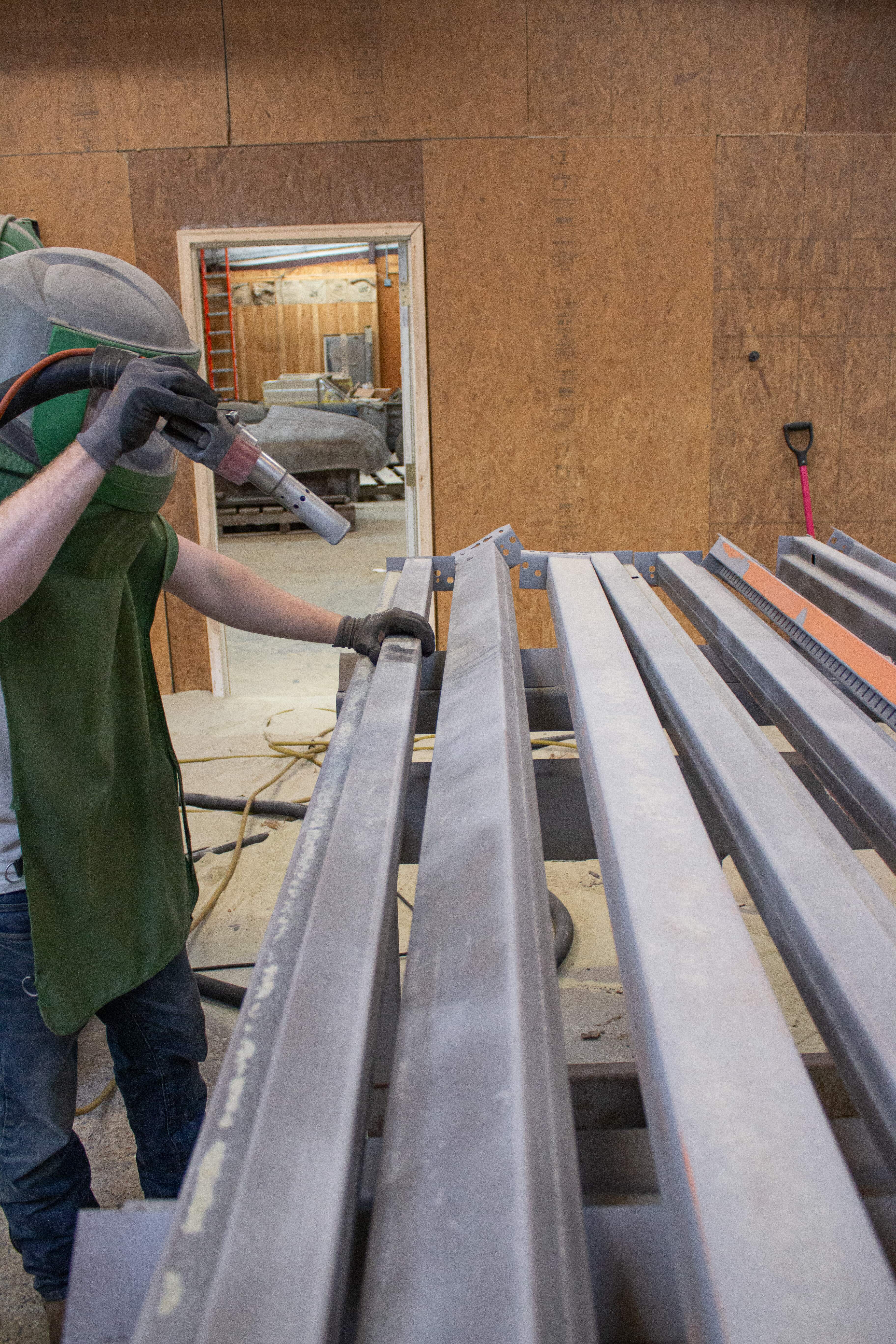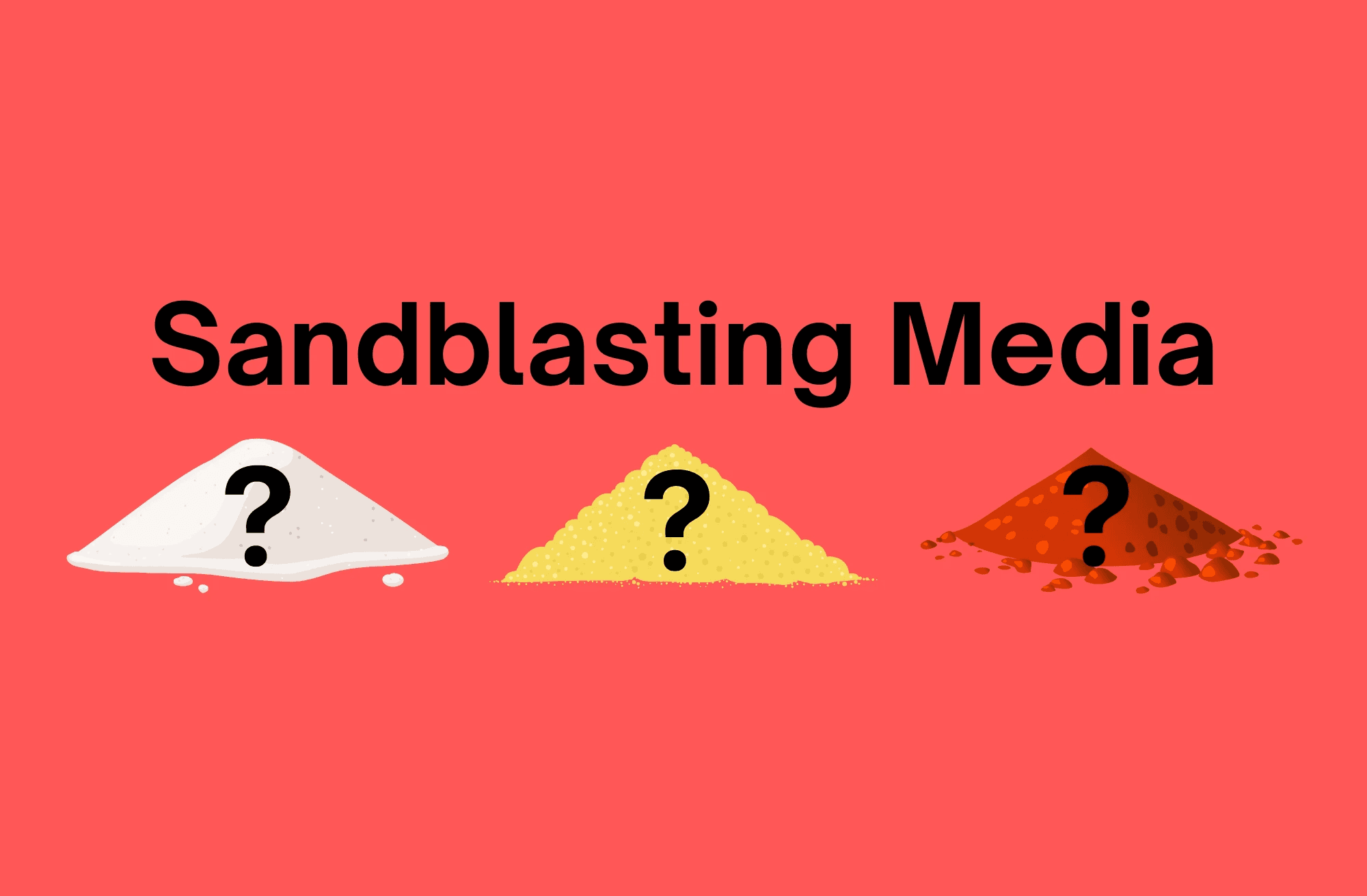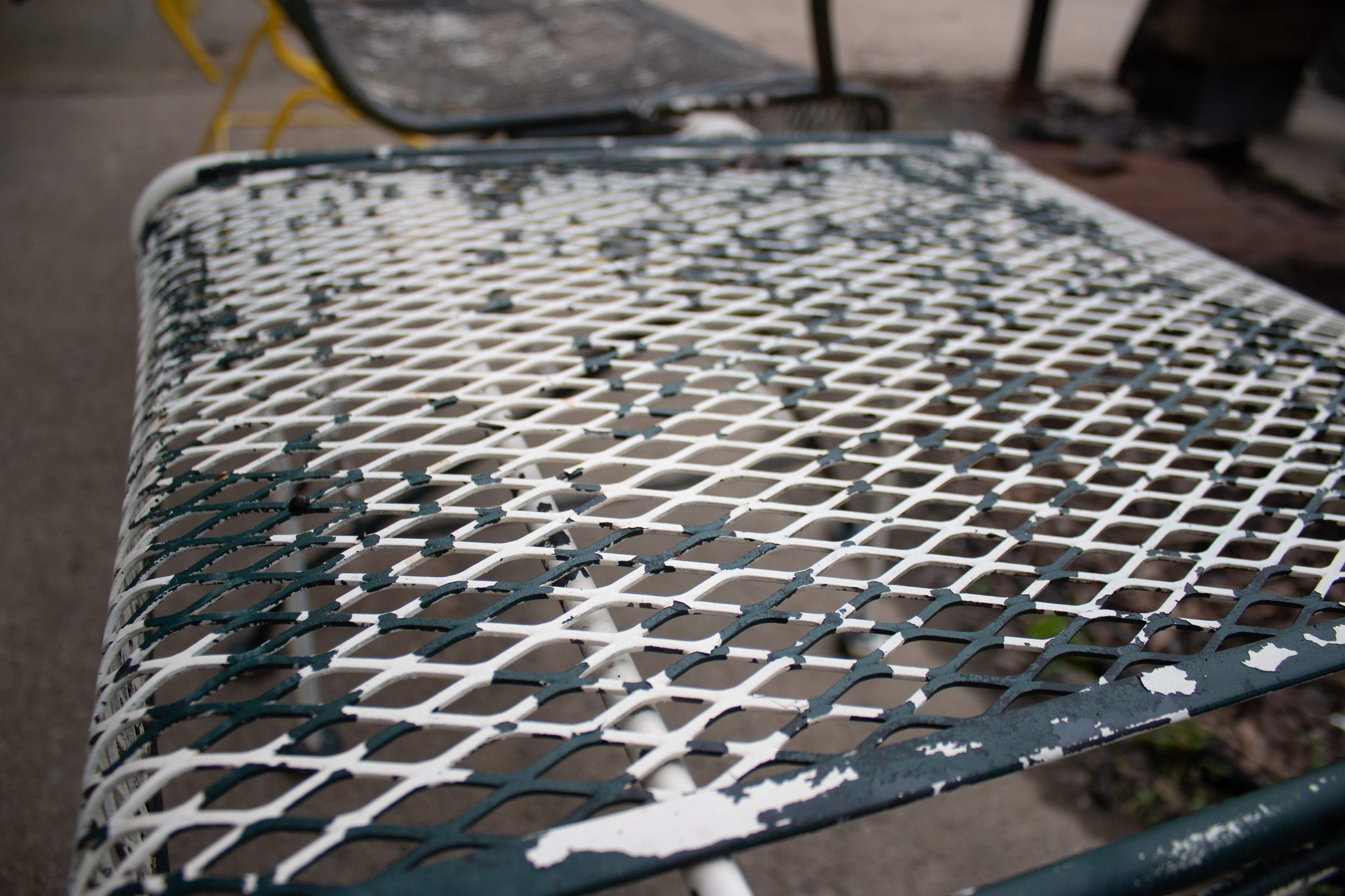Apr 2, 2024
Home/Building Restoration: Should You Use Sandblasting?
Home
Sandblasting
Restoration
What Is Sandblasting?
Sandblasting is a technique that propels a stream of abrasive particles onto hard surfaces under high pressure to clean, shape, or smooth them. Though historically known as sandblasting due to the use of sand particles, today, the term "sandblasting" is more loosely used (some use the term "abrasive blasting"). This reflects the diverse range of safer and more effective materials now employed instead of traditional sand.
Applications of Sandblasting
Sandblasting is versatile, used for:
Cleaning metal or masonry surfaces.
Removing old paint from exterior walls.
Eliminating rust from metal surfaces.
Clearing mold.
Creating decorative etchings on glass or walls.
Smoothing out scratched materials.
The Evolution of Sandblasting Materials
Once predominantly done with silica sand, sandblasting has evolved due to health concerns related to silica dust. Alternative materials now include:
Aluminum Oxide: Known for its reusability and minimal dust production, ideal for cleaning and paint removal.
Corn Cobs and Walnut Shells: Soft, sustainable options for delicate surfaces such as wood or softer stones.
Glass Beads: Effective for polishing harder surfaces without excessive dust.
Plastic Grit: Commonly used for durable fiberglass surfaces.
Steel Grit: Suited for intense cleaning and removing rust or paint from metal.
Silicone Carbide: Extremely hard, used for polishing tough stone surfaces.
Different Methods of Sandblasting
Various techniques offer unique benefits:
Dry Sandblasting: The traditional method using high-pressure air to propel the particles.
Wet Sandblasting: Involves a slurry of water and abrasive for a more controlled application, reducing dust and overheating.
Centrifugal Sandblasting: Utilizes a mechanical wheel to propel the abrasive, avoiding the risks associated with compressed air.
Vacuum Sandblasting: Minimizes dust by vacuuming particles back into the machine as they become airborne.
Dry-Ice Sandblasting: Uses CO2 pellets that sublimate upon contact, ideal for non-abrasive cleaning but requiring special equipment and ventilation.
DIY vs. Professional Sandblasting
While the average cost to hire a professional sandblasting service is around $3,200, and renting the equipment yourself might only be $200, DIY is not recommended. The technique is complex, and incorrect application can lead to surface damage or health risks from airborne particles. Professionals are equipped with the right tools, protective gear, and knowledge of local regulations, ensuring a safe and effective process.
If you're considering a home cleaning project, alternatives like pressure washing might be safer and more feasible for DIY efforts.
Conclusion
Whether you're looking to prepare a surface for repainting or want to clean off years of grime and rust, understanding the different materials and methods of sandblasting can help you decide on the best approach. Always consider environmental factors and safety when choosing between DIY and professional services.
Book an Appointment
Schedule your visit now for personalized care in a comfortable environment. Your journey to a brighter, healthier smile begins here.



